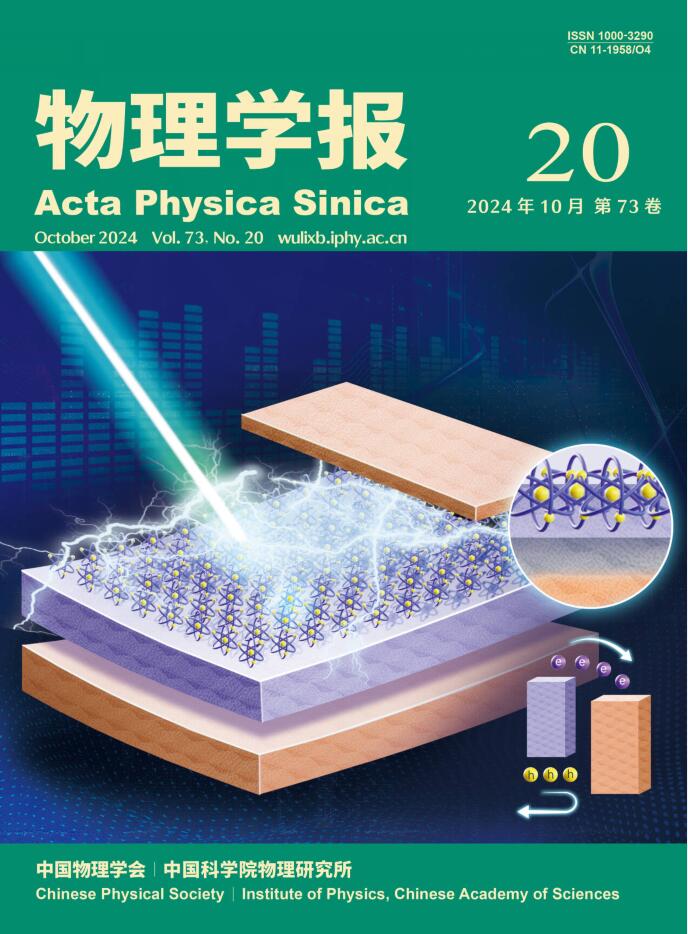Simulation method of urban evacuation based on mesoscopic cellular automata
IF 0.8
4区 物理与天体物理
Q3 PHYSICS, MULTIDISCIPLINARY
引用次数: 2
Abstract
This study integrates pedestrian flow characteristics to formulate a mesoscopic cellular automata model tailored for simulating evacuations in large-scale scenarios. Departing from the conventional planar grid cell division, the model employs road cell segmentation, thereby physically enlarging the dimensions of individual cells. This augmentation accommodates an increased occupancy of individuals per cell, representing pedestrian flow parameters within each cell through state variables. The source loading cell facilitates the simulation of pedestrian behavior transitioning from buildings to roads during an actual evacuation event, while the unloading cell situated at the exit removes evacuees from the system. The continuity equation for state transitions comprehensively encapsulates the dynamics of pedestrians throughout the evacuation process. Potential challenges in actual evacuation processes are identified through the simulation, offering valuable insights for improvement. This research aims to contribute to a more effective and informed approach to evacuation planning and management.基于介观元胞自动机的城市疏散模拟方法
本文章由计算机程序翻译,如有差异,请以英文原文为准。
求助全文
约1分钟内获得全文
求助全文
来源期刊

物理学报
物理-物理:综合
CiteScore
1.70
自引率
30.00%
发文量
31245
审稿时长
1.9 months
期刊介绍:
Acta Physica Sinica (Acta Phys. Sin.) is supervised by Chinese Academy of Sciences and sponsored by Chinese Physical Society and Institute of Physics, Chinese Academy of Sciences. Published by Chinese Physical Society and launched in 1933, it is a semimonthly journal with about 40 articles per issue.
It publishes original and top quality research papers, rapid communications and reviews in all branches of physics in Chinese. Acta Phys. Sin. enjoys high reputation among Chinese physics journals and plays a key role in bridging China and rest of the world in physics research. Specific areas of interest include: Condensed matter and materials physics; Atomic, molecular, and optical physics; Statistical, nonlinear, and soft matter physics; Plasma physics; Interdisciplinary physics.
 求助内容:
求助内容: 应助结果提醒方式:
应助结果提醒方式:


